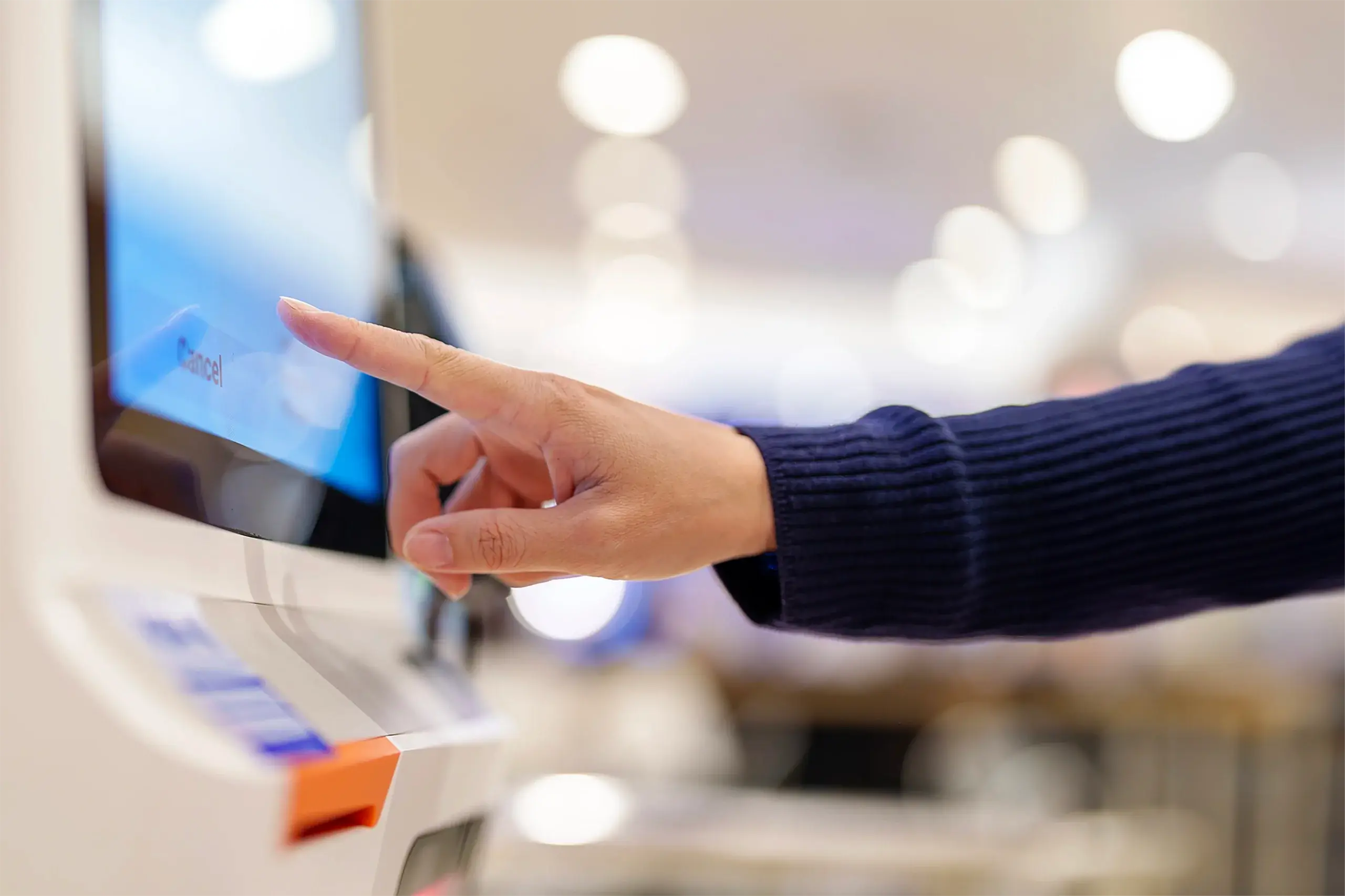
Innovations for Niche User Needs
Tech is cool. And engineers just keep inventing cool tech, often without really considering what their inventions are really going to be used for. This is great news for user groups with ‘niche’ needs especially if there are multiple niches that can be served by the same technology.
This week the Akendi UK team was re-enforced by our work experience student Sarvesh Thiruchelvam who scoured the web in search of those weird and wonderful new hardware inventions that are based on low cost, off-the-shelf hardware.
Vibrado
The first one that stands out is the Basketball sleeve, a high tech device consisting of accelerometers that can be strapped on a bicep, forearm or hand to track a person’s movement, The sleeve, developed by Californian based company Vibrado provides feedback through multiple modalities such as light, sounds and potentially haptics (not implement or suggested by Vibrado). Currently, the company focuses on improving the performance of basketball players but the potential is much great than that. Applications in physiotherapy immediately spring to mind. Exercises at a physiotherapy sessions are somewhat artificial and feedback on real life movements can reduce the number of visits to a physiotherapist as well as optimize the session is the therapist has access to real data. And this is just the tip of the iceberg.
Finger Reader
MIT regularly hit the news with their innovations. An example is the FingerReader. Developed for blind people, the FingerReader is a large-ish ring with a camera that allows users to have text read to them by moving their finger of a couple of lines of text. This is a great example of how, of-the-shelve hardware can be used by visually disabled people to get access to information they could not access before. The application of this is not limited to visually impaired people. The whole gesture of reading by moving a finger just under a line is a strategy used by many novice readers all over the world. For these young readers, the FingerReader can be used as an educational tool to support their learning behaviour. Readers could read aloud and the FingerReader can then compare what the learner read with the text under a learner’s finger and offer feedback as and when needed.
In a completely different scenario, international holiday makers could use the device to have certain bits on a restaurant menu translated to them from a Chinese restaurant in Beijing. Unusual? Not at all, pointing to something you want to know more about is perfectly natural and far less obtrusive than taking a picture with your smartphone.
Happiness Blanket
New tech is not just the domain of fancy start-ups or world famous innovation centres. British Airways have put wearable technology to good use by developing a blanket that measures and tracks how the level of happiness of its passengers during a flight. Passengers wear a headset that measures their brainwaves from which their happiness level is derived. Fibre optics in the blanket visually indicate whether a passenger is feeling anxious (red blanket) or happy (blue blanket). This will then allow the flight attendants to take action if needed. This is a nice example of a new technology enabling something that was not possible before but also one with many other applications. Think of communication tools for people with speech impediments or younger children who cannot fully speak, or as a wellness blanket for patients in hospital who are in a coma, too ill to speak, etc.
The three examples above are just the tip of the iceberg that is the weird and wonderful world of hardware gadgets Sarvesh uncovered on his quest for innovative devices. What many of these have in common is that the same hardware can be used to serve multiple ‘niche’ markets. Developing technology for a specific niche markets is often not commercially feasible. That used to mean that the needs of niche user groups could not be met not because it was technically not feasible but simply because the (development) costs where too high. This, as the previous three examples demonstrate, is rapidly changing. The hardware of the gadgets’ described above is not new, but their multiple applications are and users with ‘niche’ needs are the ones who will benefit the most.
Comments
Related Articles



